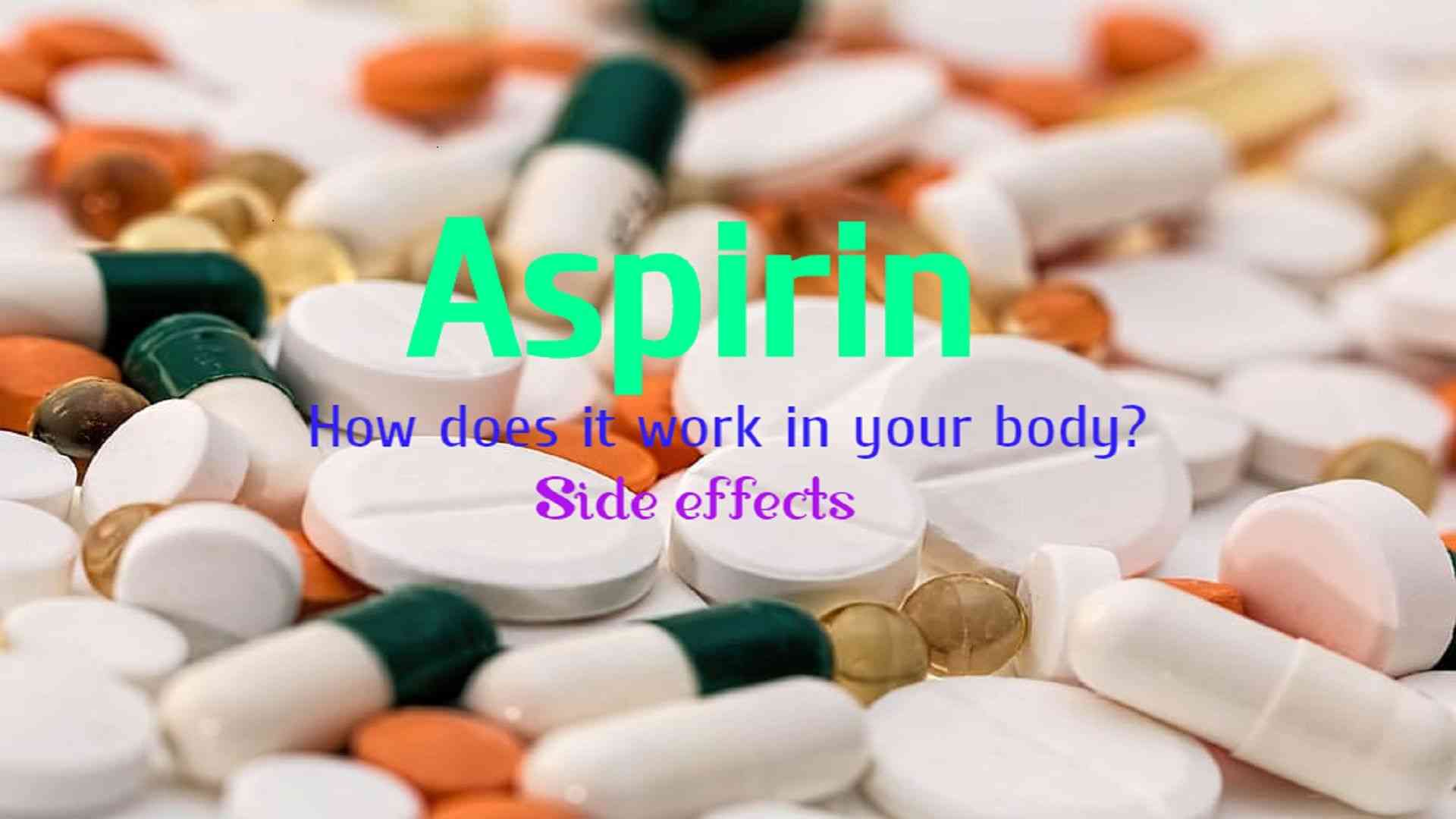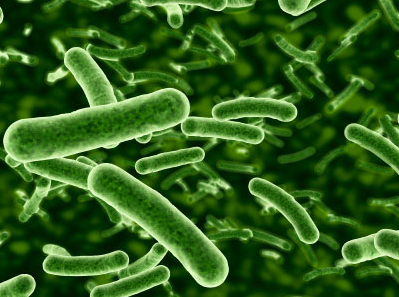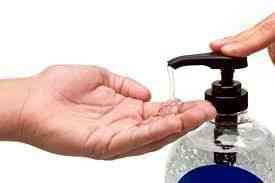Abstract
Coronavirus disease 2019 (COVID-19) caused by severe acute respiratory syndrome coronavirus 2 (SARS-CoV-2) led to an outbreak that expanded globally in a rapid manner. The World Health Organization (WHO) showed the importance of hand hygiene and disinfection practices to fight the virus and reduce its potential. The antiseptics that applied to the body and disinfectants that applied to nonliving surfaces must have the potential of killing living microbes like bacteria and inactivating nonliving microbes like viruses. Some marketed hand antiseptics aren’t effective despite the label claim of protection against germs by 99.9%. The article provides an overview of the proper antiseptics and disinfectants to inactivate SARS-CoV-2, and the way of effective use to break the chain of transmission. (article continues below)

Introduction
In December 2019, an outbreak of COVID-19 (Coronavirus disease-2019) was reported in Wuhan, China. This coronavirus is named by the World Health Organization (WHO) as “severe acute respiratory syndrome coronavirus 2” (SARS-CoV-2). The disease is characterized by dry cough, fever, tiredness, pneumonia, and acute respiratory disorder with a high rate of mortality, particularly in older people and those with underlying medical conditions. As of 4 December 2020, there have been 64,603,428 confirmed cases of COVID-19 globally, including 1,500,614 have died.
Humans are the main source of the virus transmission. People who have symptomatic, presymptomatic, or asymptomatic infection are all capable of transmitting the virus by human to human interaction. In addition, even though there are 100 vaccine candidates against SARS-CoV-2 currently, no one of them is ready for distribution as a safe and effective vaccine. In this pandemic scenario, the recommendations are preventive measures, hand washing, masks, and social distancing.1
Hand hygiene is the first line in the prevention of virus spread. Hand antiseptic could be either: Hand wash with plain soap or medicated soap; or hand rub (hand sanitizer) with alcohol-free or alcohol-based active ingredients. Also, high-touched surfaces disinfection in non-healthcare settings is recommended by the WHO to reduce the potential of COVID-19 virus, such as door and window handles in homes, markets, and schools.
To better protect against SARS-CoV-2, I summarized the characteristics of effective antiseptics and disinfectants, and highlighted some points that people should be aware of to achieve efficient protection in this outbreak.
Virus Structure and Inactivation Mechanisms
It’s an enveloped, positive-sense RNA virus. Antiseptics and disinfectants attack the virus by disrupting membrane integrity, membrane proteins, or viral genome (Figure1).2

Antiseptics: Hand Wash, Hand Rub, and Hand Wipes
Plain soap is composed of esterified fatty acids and sodium/potassium hydroxide. It removes dirt, disrupts viral lipid membrane through the action of its molecular nature, and physically takes off debris and microbes with running water. However, it has a negative effect on stratum corneum hydrolipidic film and proteins, leading to a damage of skin barrier, which in turn facilitates entry of allergens; and causes skin irritation and eczema. This effect suggests a need for moisturizing lotion after hand washing.3,4 Despite the absence of an antimicrobial agent, according to the Food and Drug Administration, there is no evidence that plain soap is less effective than antimicrobial (medicated) soap.3
Antimicrobial (medicated) soap is a soap with antiseptic agents like alcohols, bleach, and iodophor (iodine complexed with a solubilizing agent like povidone-iodine).4

Hand rubs are used when water isn’t available to control the transmission of infections, in both healthcare and non-healthcare settings. Alcohol-based hand rub (ABHR) is found in three forms: liquid, gel, and foam. The effectiveness depends on many factors: Quantity, duration of exposure, frequency of sanitization, and concentration of alcohol. The method of correct hand rubbing is shown below in Figure 2.

The Centers for Disease Control and Prevention (CDC) prefers hand wash over hand rub when possible because it removes dirt and all types of pathogens. ABHR helps in the control of infectious disease transmission due to people’s better compliance in comparison with hand washing. ABHR is less irritating to the skin, but its effectiveness is reduced with dirty hands, and it kills 99.9% of germs while hand wash removes all pathogens.5
Hand wipes contain benzalkonium chloride or alcohol. The wipes that are designed for surfaces contain harsh active ingredients such as N-alkyl dimethyl benzyl ammonium chloride. These disinfectant wipes cause chemical irritation if applied on the skin, so consumers should be alert and only use the hand hygiene wipes that is formulated for skin.4
While CDC doesn’t recommend the use of alcohol-free hand rubs like benzalkonium chloride depending on a reported study which concluded that it’s less effective than alcohol, the Environmental Protection Agency (EPA) of the United States and Health Canada recommend it as an effective disinfectant. In addition, a study tested three commercial quaternary ammonium compound (Quat) disinfectants and one laboratory-made 0.2% benzalkonium chloride (a Quat) against SARS-CoV-2 showed that two of Quat disinfectants and benzalkonium chloride are highly effective against SARS-CoV-2 and quickly inactivate it within 15 seconds, even in the presence of soil load. Then, this study suggests that these disinfectants could be used in healthcare settings and benzalkonium chloride hand rub could be an alternative to ABHR.6

Recommended Duration of Exposure and Concentration
According to CDC, hand rub should be used thoroughly over hand and fingers for 20 seconds, followed by complete air-drying. Hand washing should persist for at least 20 seconds, followed by thorough rinsing to avoid soap remaining on the skin and damaging it.
The effective ABHR should contain between 60% and 80% alcohol, and its efficacy should be demonstrated according to the European Norm 1500 or the standards of the ASTM International. Consumers should read the concentration that is written on the label every time they buy these products to avoid consuming the substandard ones with less than 60% alcohol.7
Disinfectants
In non-healthcare settings, WHO recommends using alcohol at 70-90% concentration or sodium hypochlorite (bleach/chlorine) at a concentration of 0.1% or 1,000ppm (1 part of 5% strength household bleach to 49 parts of water) for surface disinfection. In a study that tested the efficacy of Acidic electrolyzed water with a high concentration of free available chlorine to inactivate the COVID-19 virus, researchers concluded that the virucidal effect depends on the free available chlorine (FAC) that comes in contact with the virus. They noticed that the effect of disinfection completely disappeared in acidic electrolyzed water which lost the chlorine because of long-time storage.8
Disinfectants don’t remove dirt, so surfaces should be cleaned by detergent first before applying the disinfectants, avoiding the inactivation by the dirt.
WHO doesn’t recommend large scale spraying practices in outdoor spaces like streets, because dirt will inactivate the disinfectant, and spraying disinfectants could be noxious for people. In indoor spaces, WHO suggests the use of wipe or cloth for applying disinfectants instead of spray as well.

Acetic acid (vinegar) has antibacterial, antifungal, and antiviral disinfection ability, but until now, there is no evidence of being an effective disinfectant against COVID-19 virus.9.10 However, in a study tested vinegar ability as an adjunctive therapy by administering it as an intranasal aerosol, acetic acid improved the disease course of COVID-19, and reduced viral load in the airway.11
Conclusions
The outbreak confrontation should be with the correct application of preventive measures. Hand rub with 60-80% alcohol is indicated when water isn’t available, and hands should be rubbed thoroughly with sufficient quantity to 20 seconds, and the same duration at least for hand washing. No evidence that antiseptic hand washes are more effective than plain soap and water. Complete rinsing and application of a moisturizer after hand washing is necessary to avoid skin irritation. Disinfectant wipes that are specified for surfaces shouldn’t be used on skin. Cleaning the surfaces by a detergent to remove dirt is necessary before using disinfectants, and spraying practices aren’t recommended in disinfection.
Editors Pick:

References
1- Buitrago-Garcia D, Egli-Gany D, Counotte MJ, et al. Occurrence and transmission potential of asymptomatic and presymptomatic SARS-CoV-2 infections: A living systematic review and meta-analysis. PLoS Med. 2020;17(9):e1003346. Published 2020 Sep 22. doi:10.1371/journal.pmed.1003346
2- Al-Sayah MH. Chemical disinfectants of COVID-19: an overview. J Water Health. 2020;18(5):843-848. doi:10.2166/wh.2020.108
3- Jindal R, Pandhi D. Hand Hygiene Practices and Risk and Prevention of Hand Eczema during the COVID-19 Pandemic. Indian Dermatol Online J. 2020;11(4):540-543. Published 2020 Jul 13. doi:10.4103/idoj.IDOJ_448_20
4- Rundle CW, Presley CL, Militello M, et al. Hand hygiene during COVID-19: Recommendations from the American Contact Dermatitis Society. J Am Acad Dermatol. 2020;83(6):1730-1737. doi:10.1016/j.jaad.2020.07.057
5- Berardi A, Perinelli DR, Merchant HA, et al. Hand sanitisers amid CoViD-19: A critical review of alcohol-based products on the market and formulation approaches to respond to increasing demand. Int J Pharm. 2020;584:119431. doi:10.1016/j.ijpharm.2020.119431
6- Ogilvie B, Solis-Leal A, Lopez J, et al. Alcohol-free hand sanitizer and other quaternary ammonium disinfectants quickly and effectively inactivate SARS-CoV-2. J Hosp Infect.Published 2020 Nov 28. doi: 10.1016/j.jhin.2020.11.023
7- Reynolds SA, Levy F, Walker ES. Hand sanitizer alert. Emerg Infect Dis. 2006 Mar;12(3):527-9. doi: 10.3201/eid1203.050955. PMID: 16710985; PMCID: PMC3291447.
8- Takeda Y, Uchiumi H, Matsuda S, Ogawa H. Acidic electrolyzed water potently inactivates SARS-CoV-2 depending on the amount of free available chlorine contacting with the virus. Biochem Biophys Res Commun. 2020;530(1):1-3. doi:10.1016/j.bbrc.2020.07.029
9-Zinn MK, Bockmühl D. Did granny know best? Evaluating the antibacterial, antifungal and antiviral efficacy of acetic acid for home care procedures. BMC Microbiol. 2020 Aug 26;20(1):265. doi: 10.1186/s12866-020-01948-8. PMID: 32847510; PMCID: PMC7447605.
10- Alphin RL, Johnson KJ, Ladman BS, Benson ER. Inactivation of avian influenza virus using four common chemicals and one detergent. Poult Sci. 2009 Jun;88(6):1181-5. doi: 10.3382/ps.2008-00527. PMID: 19439628
11- Pianta L, Vinciguerra A, Bertazzoni G, et al. Acetic acid disinfection as a potential adjunctive therapy for non-severe COVID-19. Eur Arch Otorhinolaryngol. 2020;277(10):2921-2924. doi:10.1007/s00405-020-06067-8.



